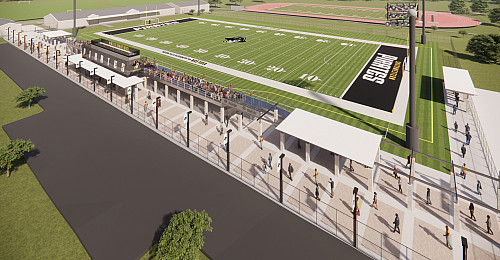Understanding the Difference Between Occupational Therapy and Physical Therapy
Occupational Therapy (OT) and Physical Therapy (PT) are two distinct yet closely connected healthcare professions that share a common goal: helping individuals recover from injury or illness, regain independence, and improve their overall quality of life. While both fields often overlap in practice and collaborate as part of rehabilitation teams, each has a unique focus and approach to care.
What Do Occupational Therapists Do?
Occupational therapists take a holistic, life-centered approach to care. They help individuals participate in the daily activities that bring meaning and purpose to life—whether that’s getting dressed, preparing meals, driving, working, or engaging in hobbies. OTs assess and support the physical, cognitive, emotional, and environmental factors that affect a person’s ability to function independently.
Common OT goals include:
-
Relearning essential tasks after a stroke or injury
-
Teaching strategies for managing a disability
-
Supporting children with developmental delays
-
Adapting home or work environments for better function
What Do Physical Therapists Do?
Physical therapists focus on restoring movement and mobility. They work to rehabilitate the body’s physical capabilities—strength, range of motion, balance, and endurance—often after injury, surgery, or illness. PTs use exercise, manual therapy, and movement training to help individuals move more freely and reduce pain.
Common PT goals include:
-
Regaining mobility after surgery
-
Rehabilitating sports injuries
-
Managing chronic pain
-
Preventing future physical limitations
Key Differences at a Glance
| Occupational Therapy (OT) | Physical Therapy (PT) | |
|---|---|---|
| Focus | Daily living activities, independence, holistic adaptation | Movement, strength, mobility, physical rehabilitation |
| Primary Goals | Support meaningful activity participation, promote autonomy | Restore physical function, reduce pain, prevent dysfunction |
| Typical Interventions | Task adaptation, skill development, environmental changes | Exercise programs, manual therapy, mobility training |
| Populations Served | All ages with cognitive, physical, or developmental needs | All ages with movement-related issues |
In short:
OT is about movement for life’s activities.
PT is about movement itself.
Both professions offer rewarding careers focused on helping others. As you explore your options, consider the type of work that excites you most—whether it’s helping someone return to a favorite daily routine or regain strength after surgery.














